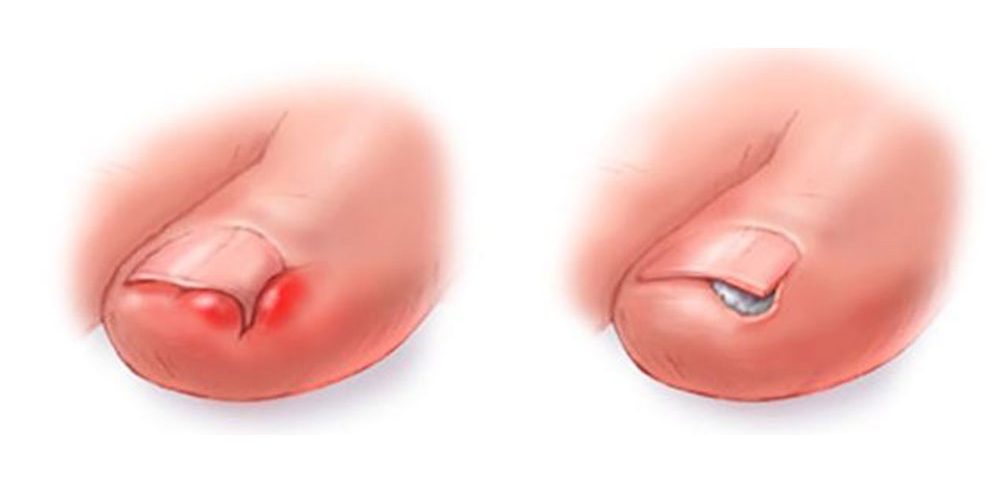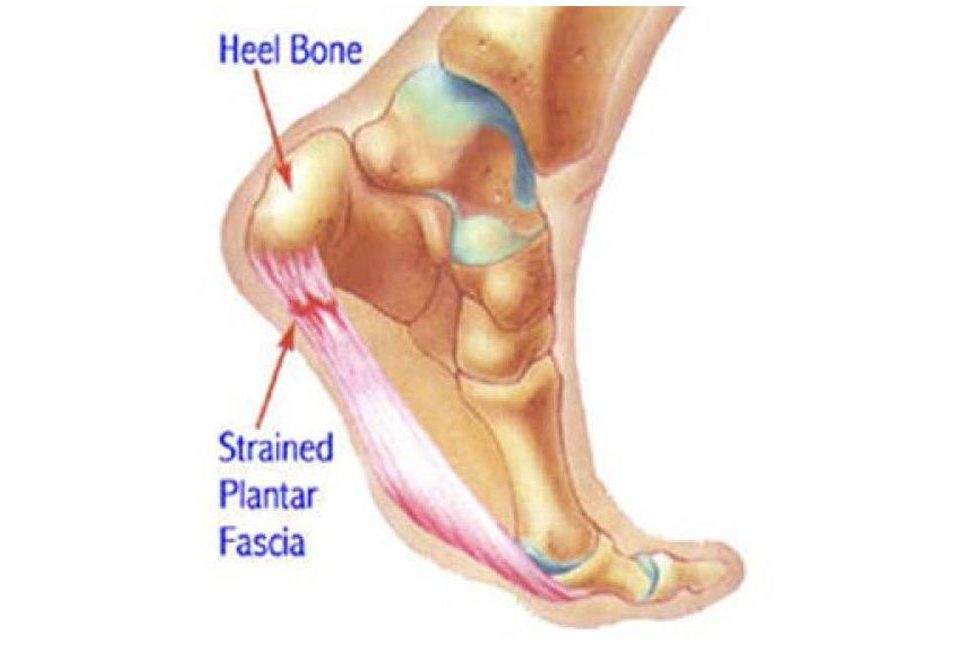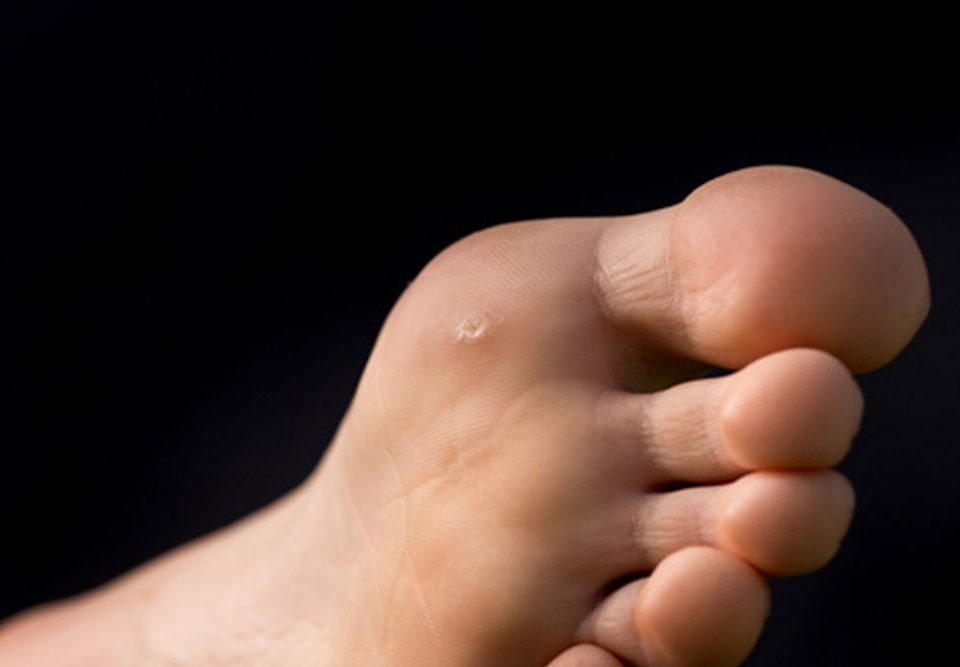Ingrown Toenails
Ingrown Toenails
Ingrown toenail removal
Minimally invasive ingrown toenail removal minimal pain minimal trauma - No injections required!
Usually an ingwrown toenail is a minor deviation of the nail growing into the side of the toe. Our Podiatrists are trained to remove this with minimal trauma to reduce pain and increase the healing rate. We have found this technique to be useful in getting our patients back on their feet quickly.
What is an Ingrown Toenail?
Ingrown toenails develop when the nail begins to grow into the person’s skin when it should be growing over the top of it. This typically occurs on the first, or big, toe. Those with thick or curved toenails are usually more prone to getting ingrown toenails. Anyone can develop one however and usually as a result of injury, poorly fitting shoes, and improper foot hygiene and grooming. Those who have diabetes, vascular problems, and numbness in their toes will have to take special care of ingrown toenails because they can lead to more serious complications.
What Causes Ingrown Toenails?
If a person’s toenails are not trimmed properly or become damaged it can result in an ingrown toenail. The site can cause discomfort and may become infected if left untreated. Cutting toenails too short or rounding the edges of the nail by wearing hosiery, poorly fitting shoes, or socks which put pressure on the nail are the most common causes of ingrown nails. Infection, additional pain, and swelling can all result from overgrown tissue. When an ingrown toenail if left untreated and becomes infected, pus can develop and it can become very red. If this the nail does become infected or pain does not go away after attending to the nail, contact the Podiatrist immediately. This is especially true for diabetics who can risk foot infection complications and damage.
How Are Ingrown Toenails Treated?
To prevent complications and ease symptoms, the toenail must be attended to. Grooming the toenails in the correct fashion can reverse the condition if it is not too severe. Reducing the pressure on the toe by wearing sandals or not wearing a shoe for several days is also important. If the ingrown nail is especially severe or an infection develops, the Podiatrist may have to remove part of the nail. Our Podiatrists specialize in treating ingrown toenails conservatively often avoiding the need for local anesthetic injections. We pride ourselves on maximizing patient comfort treatments.




